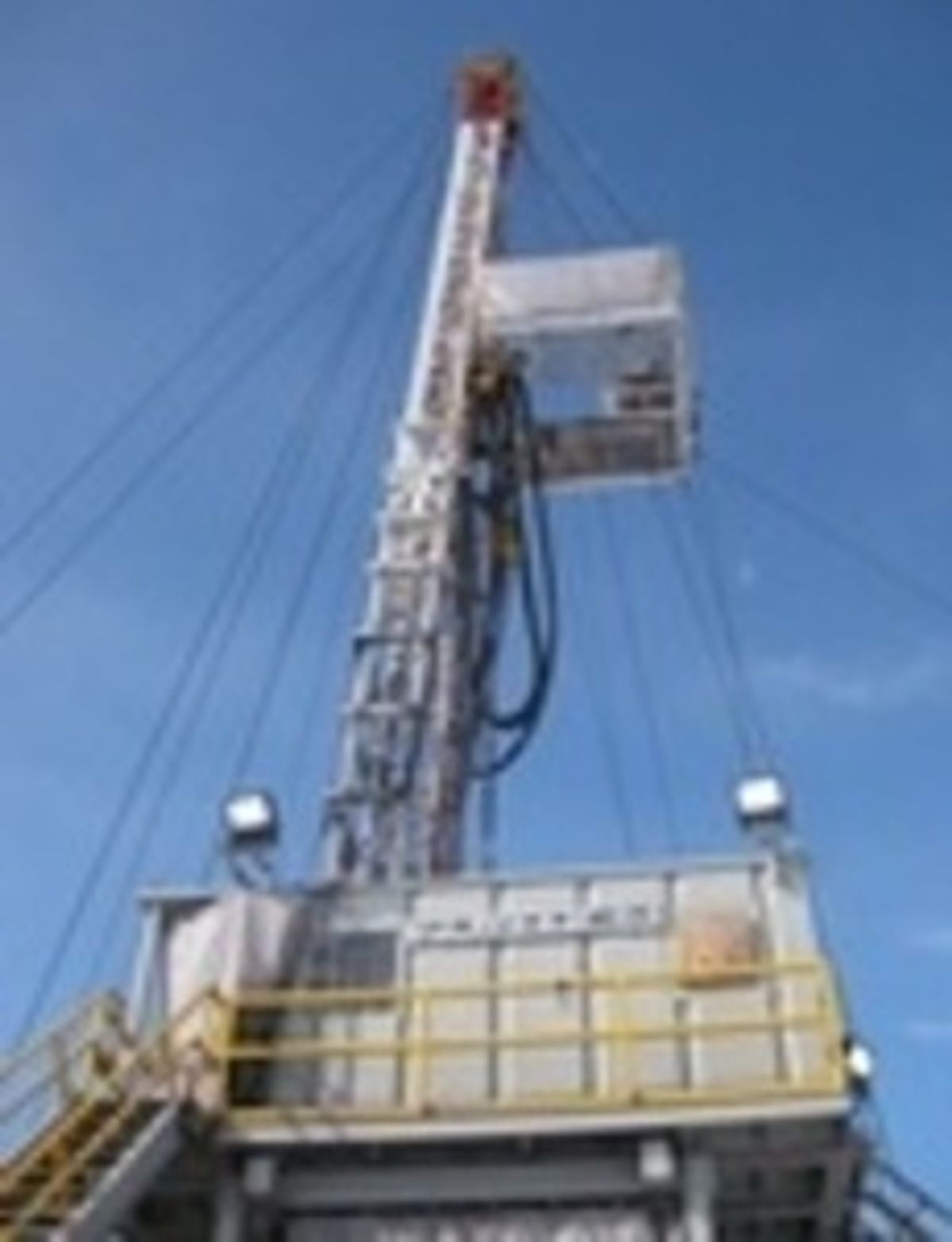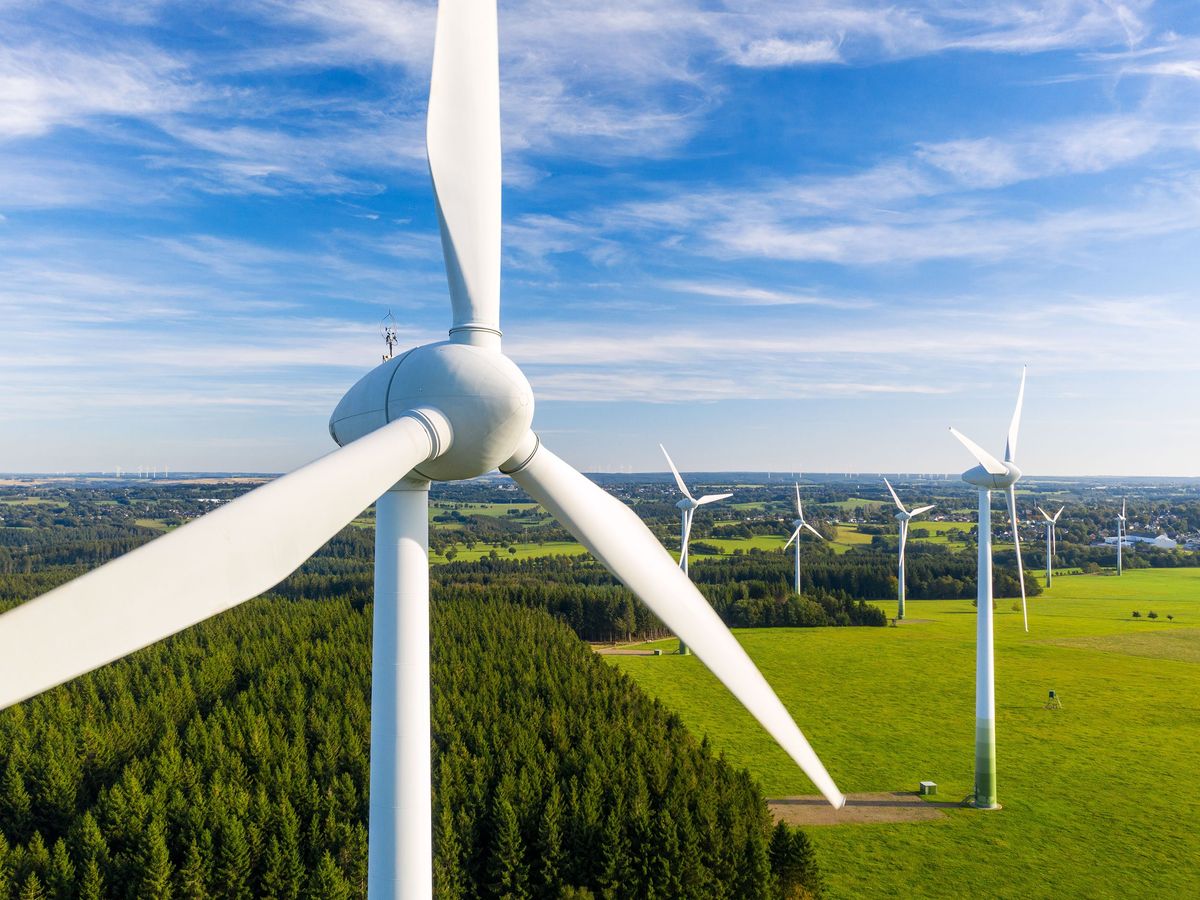Two recent reports, one from the U.S. Energy Information Administration (EIA) and one sponsored by the European Centre for Energy and Resource Security, draw attention to Europe's large estimated reserves of shale gas and their wider implications. The revolution in natural gas plainly will not be confined to the United States. But how it plays out, country by country, is less obvious.
The EIA report estimates that Europe has hundreds of trillions cubic feet of unconventional gas reserves, enough--says the Centre for Energy and Resource Security--to last 60 years at current demand levels. (That compares to the usual estimate for the United States of "enough for 100 years.") Yet Germany, which is the European country most concerned about its growing dependence on Russian gas AND which appears to be in the process of negotiating a once-and-all nuclear exit, has relatively little--just 8 trillion cubic feet.
France, on the other hand, has an estimated 180 trillion cubic feet. Yet the French National Assembly just yesterday voted to ban any gas or oil fracking in the country. Whether or not France's upper legislative body follows suit, the country will remain committed to its longstanding "all-nuclear" energy strategy.
The geostrategic impact of shale gas may be greatest, initially, in eastern Europe, especially Poland. No country is more apprehensive about Russia than Poland, and none other so keen to minimize any dependence. With estimated shale gas reserves that are roughly the equal of France's, it will be pleased to see Chevron drill its first Polish fracking well later this year.



